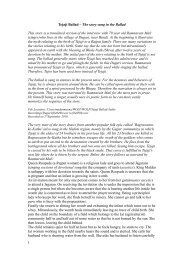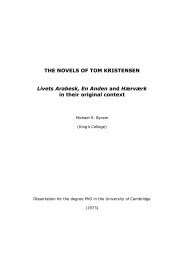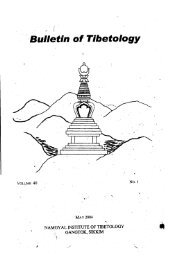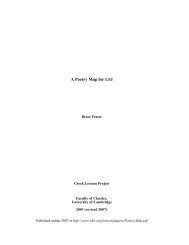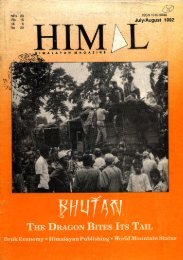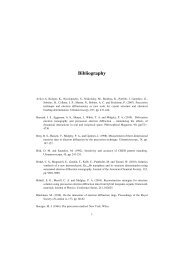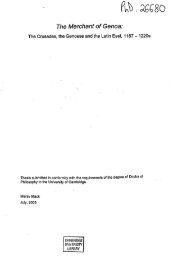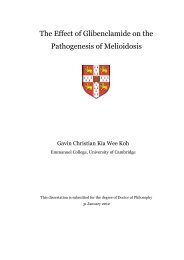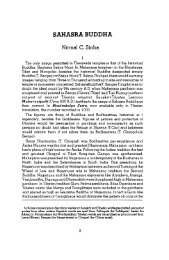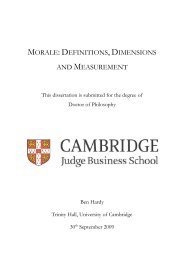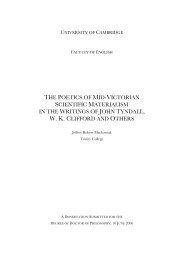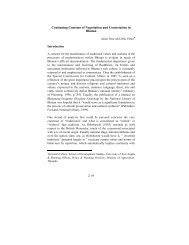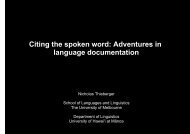Hinayanism
Hinayanism
Hinayanism
You also want an ePaper? Increase the reach of your titles
YUMPU automatically turns print PDFs into web optimized ePapers that Google loves.
of a Brahmana family from Kanchipuram, and wrote the<br />
Pram,masamuccaya, Nyayapralesa and PrajnaparamUapindartha.<br />
He lived perhaps towards the end of the fifth century A. D.<br />
or sllghtly later. His own disciple Dharmapala, who was<br />
also a native of Kanchi is quoted by Hiuen Tsang and<br />
Taranatha. He was also in charge of Nalanda Mahavihara.<br />
In the Pali literature relating to the Mahayana Buddhism,<br />
the most significant era may be said to have begun with<br />
the oldest Pali grammar namely Kacct1yana Vyakatana by<br />
Kaccayana, who was a successor to Buddhaghosha and<br />
Dhammapala. As Kaccayana seems to have utilised Kasika<br />
vritti (seventh century A. D.) the upper limit of his age is<br />
thus available. The Dipavamsa and Mahavamsa were composed<br />
during the later part of this epoch. The commentaries<br />
mention Kanchipura, Kaveripattina, Madura, Uragapura and<br />
Anuradhapura as well known centres of Pali Buddhism.<br />
In the realm of art, the important Indian centres (leaving<br />
aside Gandhara--now in Pakistan) of such activjty under<br />
the Mahayana dispensation had been around Ajanta and<br />
E1lora and Aurangabad, in the Upper Deccan, Ter, Chezarla<br />
in the lower Deccan and Lower Krishna basin, Ratnagiri<br />
in Kalingadesa and Kaveripattinam and Nagapattinam in<br />
the Tamil country. It is important to realise that the<br />
architectural forms of the main types of Buddhistic structures<br />
whether rock-cut or of brick and mortar, had been more<br />
or less alike, and comprise the Stupa, Chaitya and Vihara<br />
or Sangharama. While in the rock-cut tradition, inevitably<br />
only the facade and interior receive the greatest ornamentation,<br />
in the brick tradition, the accent is on exterior<br />
ornamentation of even more prolific motifs and elements<br />
than would have been possible on the heavier rock medium.<br />
In the last mentioned place in the Tamil land, however,<br />
the Vihara, which went by the name Chulamani vihara,<br />
enjoying the patronage of the overseas Sailendra king of<br />
Sri Vijaya (palembang), Kataha (Kedah), by Sri Vijayaottungavarma,<br />
whose father's name it was, took the shape<br />
almost of a multi-storeyed Dravida temple, but without its<br />
minor turrets. This was around the second decade of the<br />
11th century A. D. during the time of Raja Raja I. This<br />
monument was razed down by Jesuits for building their<br />
institutions in the last century.<br />
AJANT A: This was verily one of the most glorious<br />
interludes in Buddhist art under Mahayanism in India, when the<br />
13



